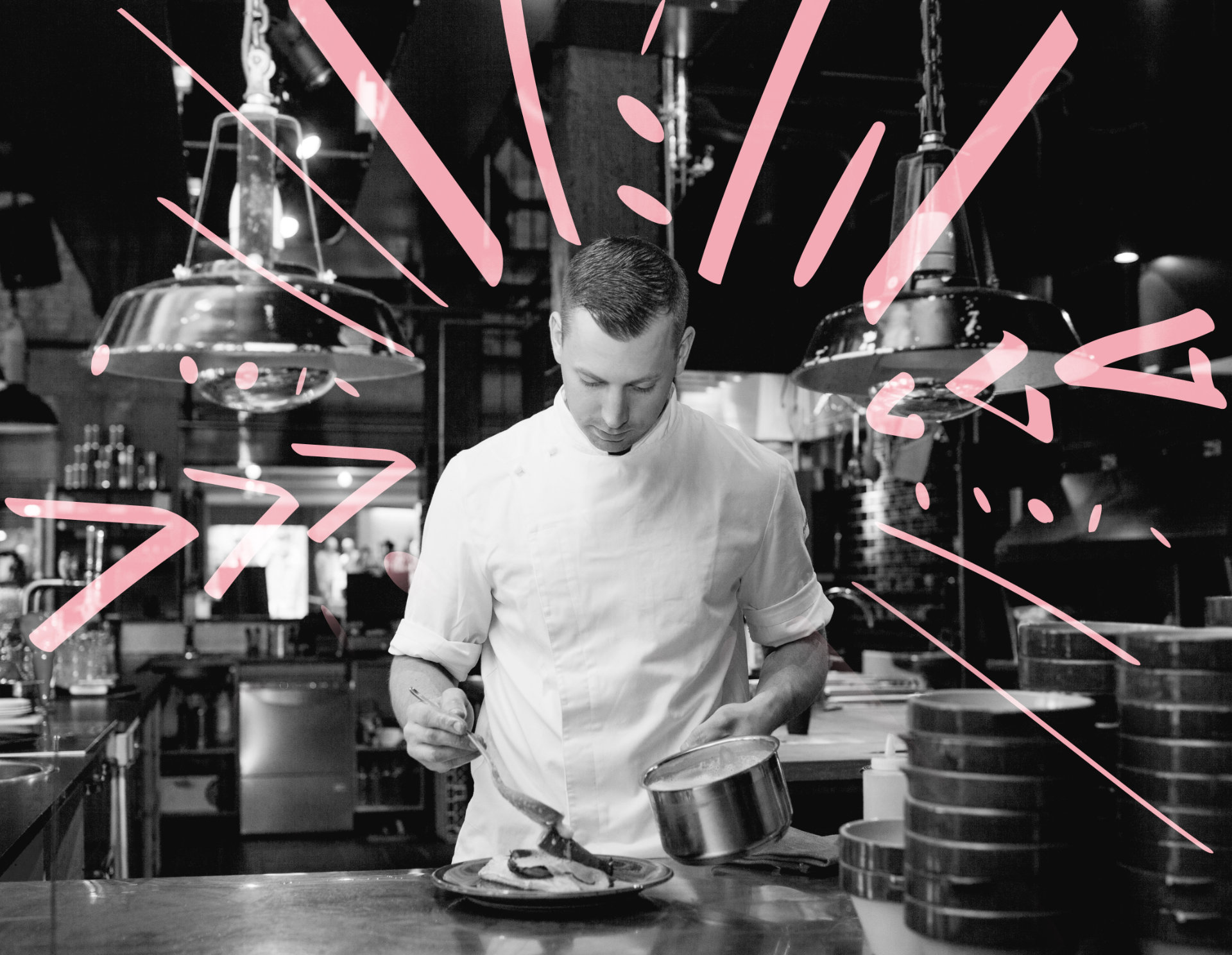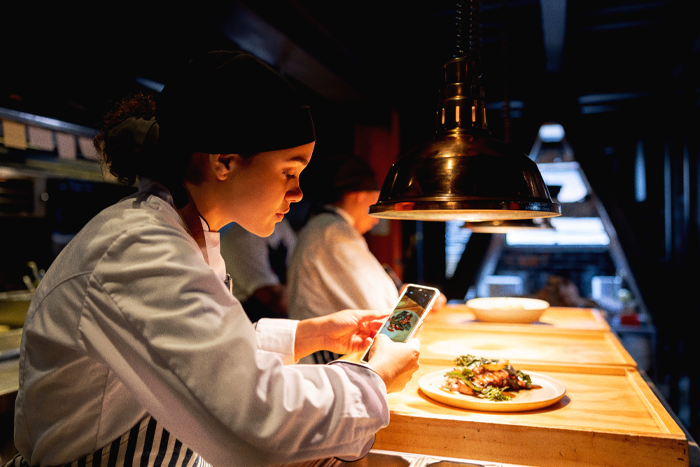What would you rather order: a steak or a juicy sirloin infused with rosemary and sage? As the roadmap between hunger and satisfaction, your menu does the majority of the heavy lifting when it comes to enticing customers. Here are some of our best practices to help you write menu descriptions like a master.
Keep it short and sweet.
When customers are hangry, they just want to get to the goods. Make sure you keep your descriptions nice and tight but still mouthwatering. A good way to start is to write your first draft without worrying about length so you know what you’re working with. From there refine it, remove unnecessary words, and find different ways of saying the same thing but in a quicker, and tastier, way.
Choose your words wisely.
On that note, when you’re concentrating on keeping descriptions short, you definitely want to make the most of the words you do use. Emotionally-charged or nostalgic language can go a long way with appetite appeal. For example, instead of saying just Spaghetti & Meatballs, you could say Nonna’s Famous Spaghetti & Meatballs.
Engage the senses.
What is it that makes your pizza better than the other restaurant’s pizza down the street? Is it the creamy mozzarella or the perfect crust that’s crispy on the outside and chewy on the inside? Whatever it is that makes your dish unique, paint a vivid picture to tempt those taste buds.
Cater to your crowd.
You know your audience better than anyone. And while words and ideas are important, you just want to make sure you’ve hit the sweet spot tonally. While it’s fun to come up with pun-y names for menu items or write silly descriptions, you want to make sure that they match your restaurant’s personality and resonate with your clientele.
Flaunt your best features.
Offer gluten-free options? Create a dish with another local supplier? Call. Those. Out. Anything you can do to make your menu stand out from the crowd is always worth mentioning.
Triple check for spelling and grammar.
This one may sound like a no-brainer, but it’s quite common to overlook mistakes or simply read through them. Get a fresh set of eyes to read over your menu for you to make sure everything is solid. Better yet, hire a proofreader for a small fee to have a look. It’s a much smaller price to pay than a full menu reprint.
When it comes down to it, your restaurant’s menu is pretty much the most important thing in your restaurant. That’s why it’s so important to make it as deliciously captivating as humanly possible.Along with menu writing, you should aslo focus on menu pricing to drive more customers to your pitch.





